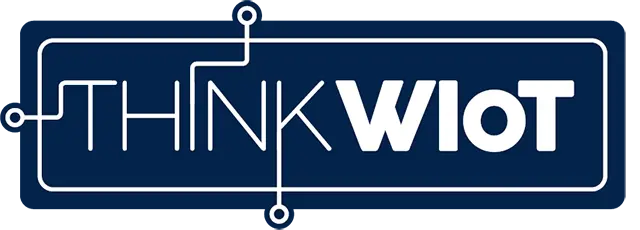Next Version of the Device Standard EN302208 Will Come into Force in 2025

In the area of standardization, there will be three major changes in 2025. All activities related to ISO 18000-63 are preparatory and will not become mandatory until 2026. In particular, the issue of RAIN RFID in mobile phones is expected to gain momentum.
EN 302 208
With the new version of EN 302 208, the year 2025 will hopefully be relevant. However, it is still unclear when exactly it will be published in the Official Journal of the EU.
The devices that will be available on the market will have to comply with the new requirements of EN 302 208 V3.5.1 in order to be operated and marketed in the EU.
Manufacturers should therefore ensure that their devices comply with the new requirements. There will be additional receiver tests for readers. Corrections will be made to tags to make them lighter.
ISO/IEC 18000-63
The new final version of ISO/IEC 18000-63, which will be published in the near future, contains important updates, in particular the integration of the GS1 UHF Gen2V3 protocol. This represents a further development of the previously established UHF EPC Gen2 standards.
Due to the ISO voting times, ISO/IEC 18000-63 is not expected to be published and thus valid until the beginning of 2026.
Further information on the most important innovations and advantages of GS1 EPC Gen2V3 can be found here. This interview explains the three main innovations made possible by the integration of the GS1 UHF Gen2V3 protocol: the reduction of tag clatter, optimized data processing and extended data usage.
Standardization of RAIN (UHF RFID) in Cell Phones
The standardization of RAIN (UHF RFID) in mobile phones is an important step for the future use of RFID technology in a wider range of applications. This includes the digital product passport.
The challenges lie in developing clear specifications for reading functionality, optimizing range and avoiding interference. There are many requirements for mobile phones that need to be addressed, such as reducing collisions, power consumption, and optimizing reading algorithms.

